Britain’s best pilgrimage routes, from Saints’ Way to Peak Pilgrimage
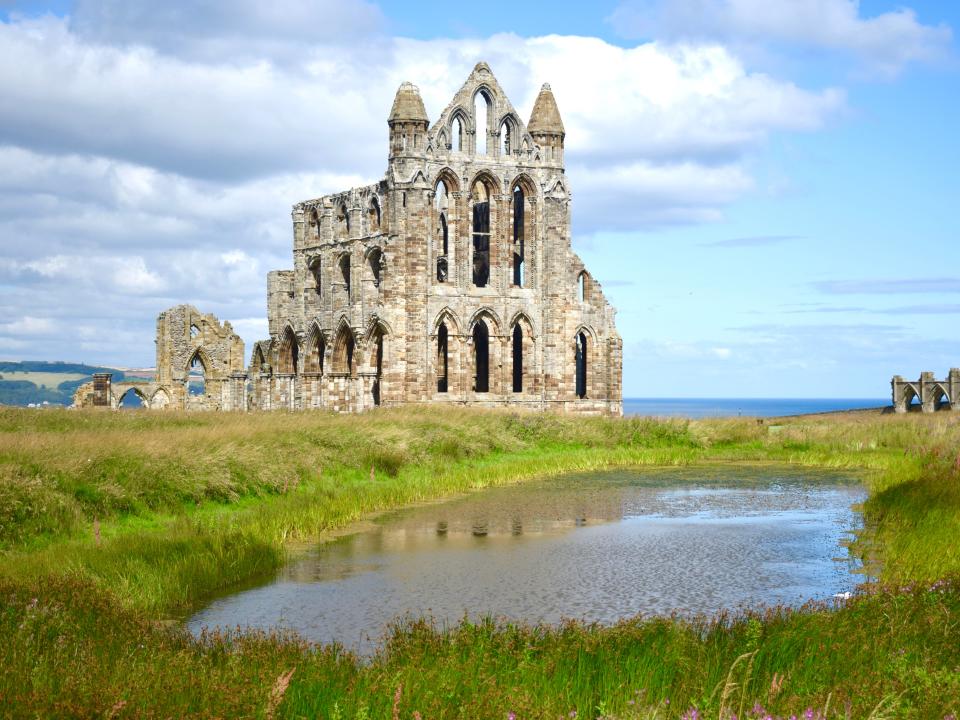
Hundreds of pilgrimage routes criss-cross the United Kingdom. Some are truly ancient, dating back to Britain’s pre-Christian past and taking in mysterious megaliths like Stonehenge and Avebury; others glory in the architectural masterpieces of the medieval period, such as York Minster and Canterbury Cathedral. Yet more combine sacred sites with natural beauty, following ancient trackways worn by the footsteps of millions of pilgrims past. These routes take in the best of the British landscape, from ancient woodland and gently rolling hills to the rugged Cornish coastline and the wild Welsh mountains – and, like Europe’s Camino de Santiago, they promise beauty and adventure for those of all faiths and none.
The routes listed here are lined with numerous accommodation options, including B&Bs, hotels and campsites; planning and booking ahead is highly advisable. More routes, accommodation information and detailed itineraries can be found at the British Pilgrimage Trust, English Heritage, and National Trails.
The Pilgrims’ Way to Canterbury
153 miles: 15 days
Ever since the murder of Archbishop of Canterbury Thomas Becket in 1170, the Pilgrims’ Way has been the Holy Father of British pilgrimages. Winding for 153 miles from Winchester to Canterbury Cathedral, the route takes in the picturesque rivers and woodland of the North Downs Way. Highlights include the Black Prince’s Well in Harbledown, where a medieval prince is said to have been cured of leprosy, and the Church of St. Peter and St. Paul in Chaldon, where an apocalyptic ‘doom mural’ personifies the sin of gluttony as a drunken pilgrim lying at a demon’s feet.
Becket’s shrine sat in Canterbury Cathedral for more than three centuries – it’s this that Chaucer’s pilgrims were journeying towards in The Canterbury Tales. Sadly, the original shrine was destroyed by Henry VIII in 1538 (though it was digitally reconstructed in July 2020), but today the cathedral houses marvels of modern art including Antony Gormley’s Transport, a life-size human figure made from medieval nails which hangs eerily in the air above Becket’s original tomb.
The Whitby Way
70 miles: seven days
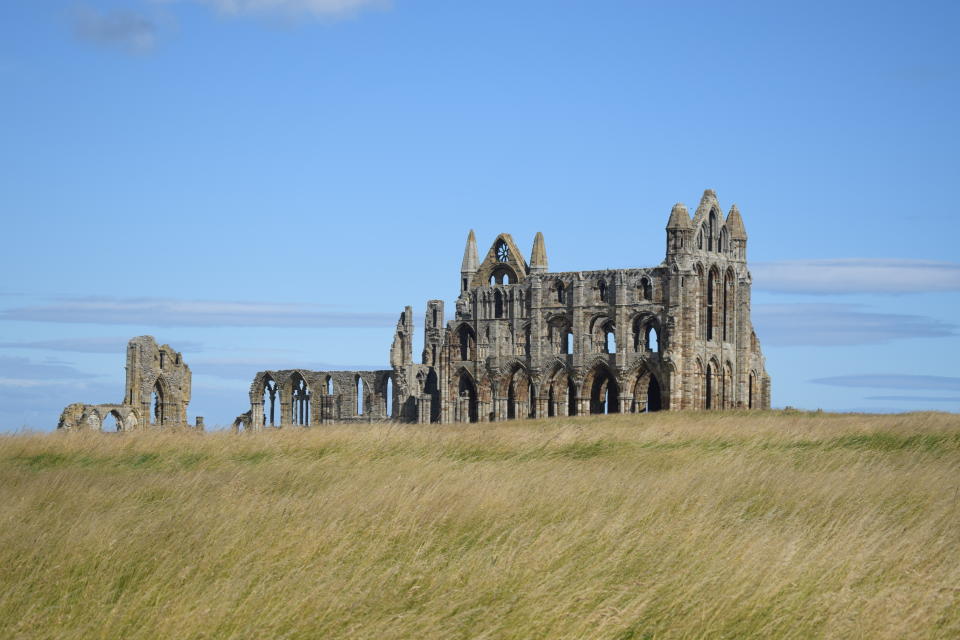
For a pilgrimage adventure that combines the sacred and the profane, look no further than the Whitby Way. Beginning in the Gothic glory of York Minster, the trail runs for 70 miles through the Yorkshire countryside to the ghostly ruins of Whitby Abbey – something of an unholy grail for vampire lovers as the site where Bram Stoker’s Dracula first padded onto British shores in the form of a large dog. Along the way, tramp through the dense woodland of the Howardian Hills and bask in spectacular views from the expansive uplands of the North York Moors, blanketed with miles of purple heather in August and September. Keep an eye out for the ghosts said to roam near the photogenic ruins of Byland Abbey, and get another literary fix at St. Michael’s, the Coxwold church where Tristram Shandy author Laurence Sterne once preached.
The Ridgeway
85 miles: seven days

To tap into Britain’s ancient past, take a walk along the Ridgeway, said to be the country’s oldest road. Carving its way in tree- and bluebell-lined paths across the chalk downland of southern England, the road has carried drovers, traders, soldiers and pilgrims from the Neolithic era to the modern day, and reverberates with the echoes of pagan Britain. Beginning at the largest stone circle in the world at Avebury, you’ll pass the prehistoric long barrow of Wayland’s Smithy – an ancient tomb said in legend to be the workshop of a Norse blacksmith god – and the striking Bronze Age curves of the Uffington White Horse. The journey ends in the Chiltern Hills at the cinematically desolate Ivinghoe Beacon, as seen in films from Star Wars to Harry Potter.
Eccleston to Chester Cathedral
8 miles: half a day
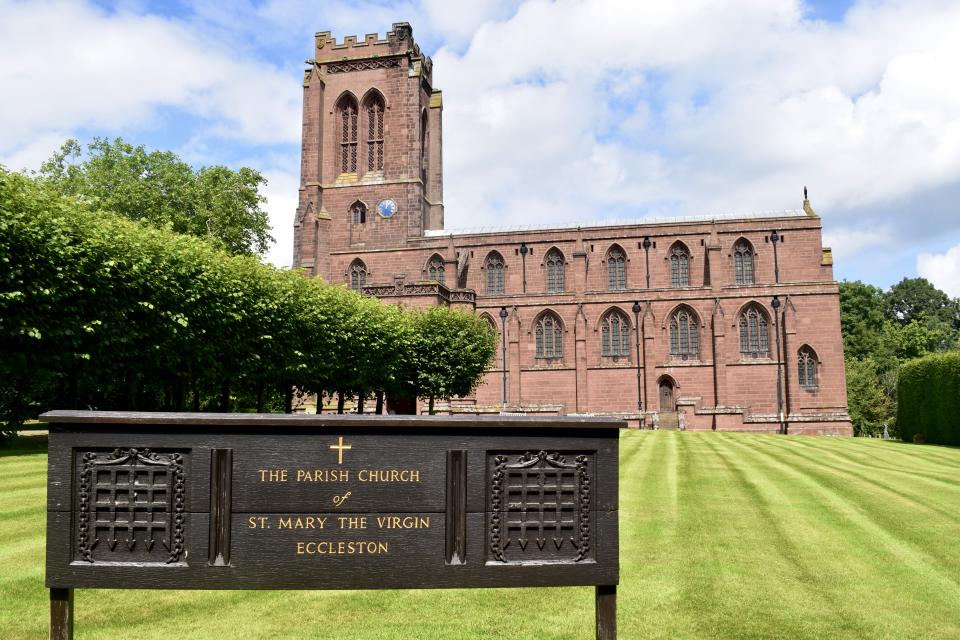
It’s hard to think of a lovelier way to spend a summer’s afternoon than strolling through the Cheshire countryside from well-to-do Eccleston to the historic city of Chester. After a gentle walk along the banks of the River Dee, you emerge into Chester’s Aladdin’s cave of ancient treasures: the evocative semi-ruins of the church of St. John the Baptist, the remains of a Roman amphitheatre and 1st-century city walls, and the Romanesque red-brick splendour of Chester Cathedral. On the way out of town, stop in Edgar’s Field park at a 1,900-year-old shrine to the Roman goddess Minerva, then return to Eccleston through the leafy woodland of Duke’s Drive.
The Saints’ Way
27 miles: three days
Follow the trail of Celtic crosses from Padstow to Fowey, through thick woodland, rolling pastureland and ancient villages, from Cornwall’s north to south coasts. This trail was originally used by Celtic Christians journeying from Ireland to Europe, who would cross Cornwall on foot rather than face the perils of piracy and rough seas around Land’s End. Those of a literary bent will be enchanted by Golant, a riverside village said to have inspired Kenneth Grahame’s The Wind in the Willows, while pilgrims whose idea of holy communion involves a Cornish pasty and a pint of Tribute will enjoy the 12th-century Crown Inn in Lanlivery – one of Cornwall’s oldest pubs, and a lovely place to overnight.
The Peak Pilgrimage
40 miles: four days
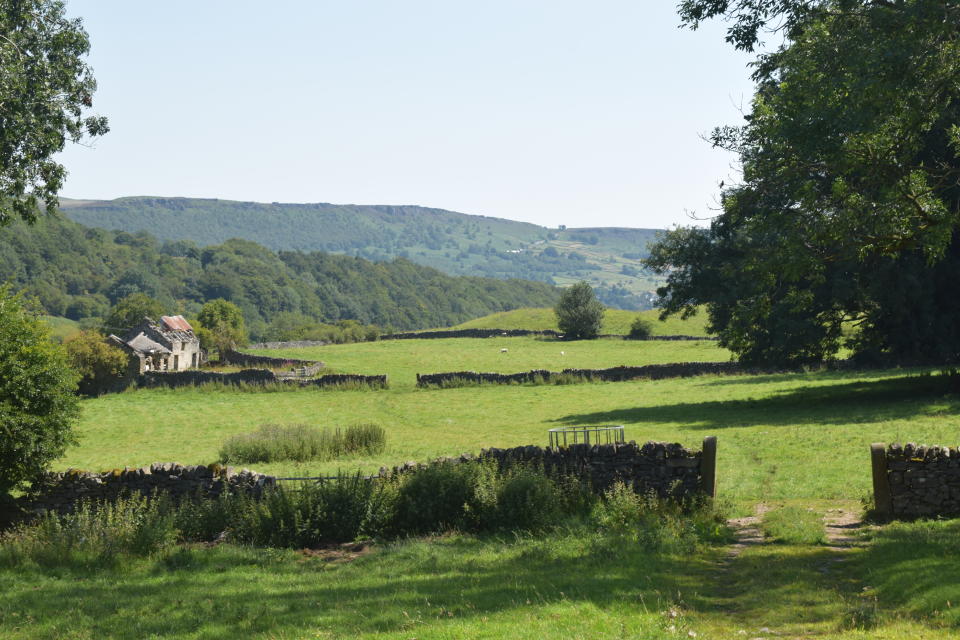
The windswept wilderness of the Peak District is your cathedral on this outdoorsy adventure from Ilam to Eyam, which has taken on a fresh poignancy in these pestilential times. Eyam was celebrated for its sacrifice during the plague epidemic of 1665, when, after a local outbreak, the village quarantined itself from the outside world and moved church services to the outdoor environment of Cucklett Delph so practitioners could remain, in modern parlance, socially distanced. En route to Eyam, the trail takes in Saxon, medieval and Victorian churches and the magnificent river valley of Lathkill Dale, home to rare plants such as Jacob’s Ladder. Be sure to stop off for a Bakewell tart in the town of the same name – a fine pick-me-up for hungry pilgrims.
Caernarfon to Holyhead
80 miles: seven days
The Isle of Anglesey is yet another pilgrim place which echoes with both pagan and Christian history. Begin in Caernarfon on the Welsh mainland, where a Roman fort and medieval castle will divert history buffs, before crossing over the Menai Bridge to Anglesey. Look closely at the timeless stones of the Barclodiad y Gawres burial chamber and you’ll see zigzags and spirals – a rare example of emergent British Neolithic art. Lonely Bronze Age standing stones mark the way along the island’s spectacular coastline, the path snaking past desolate chapels cut off from the land when the tide draws in. Eventually you reach Holy Island itself, crowned with an Iron Age hill fort, before your journey ends at the medieval St. Cybi’s Church.
The Celtic Way
750 miles: three months
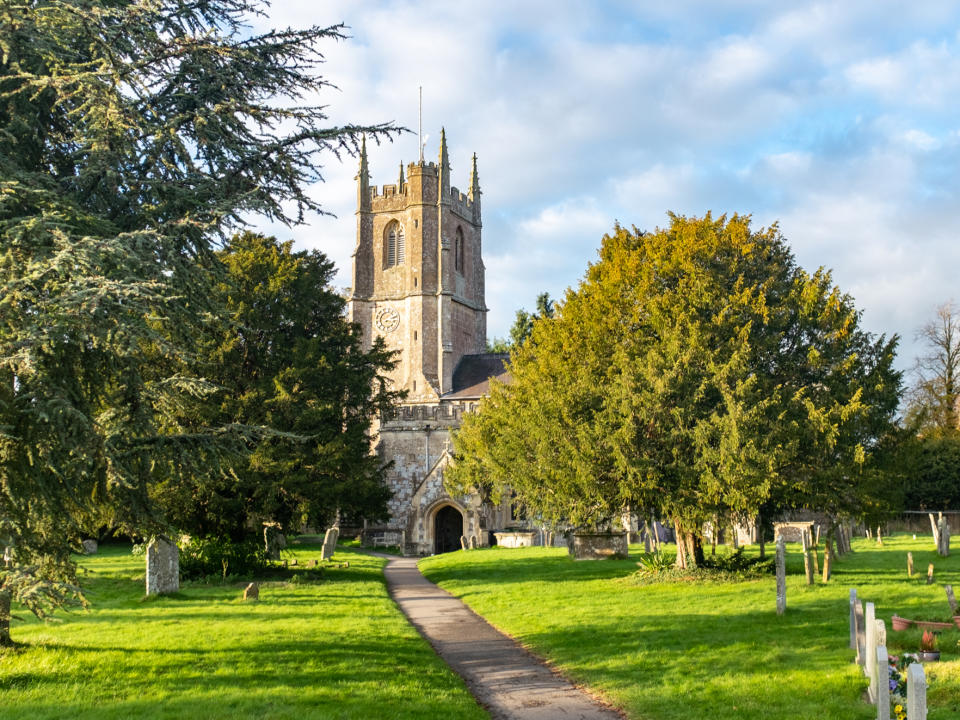
If you’ve got three months to spare and a very sturdy pair of walking boots, the Celtic Way might be the perfect adventure. Beginning on the rugged Pembrokeshire coast, you’ll visit the quaint medieval churches of St. Gwyndaf and St. Teilo, toil on the slopes of the Black Mountains, and refresh yourself in the wild waterfalls of the Brecon Beacons. In England, marvel at the enigma that is Stonehenge, admire the Saxon and Norman stylings of Sherborne Abbey, and get an eyeful at the phallic hill carving of the Cerne Abbas Giant. Your journey continues through the wilds of Dartmoor and Cornwall, ending in the splendid isolation of St. Michael’s Mount, a tidal island which has drawn pilgrims for a millennium.
Glastonbury Water Way
55 miles: six days
Whether you’re a believer in the potent power of ley lines or choose to don your wellies and pray at the altar of the Pyramid Stage, there’s no doubting Glastonbury has a pull for pilgrims of all stripes. This week-long route follows the path of sacred waterways which run through southern England’s Celtic and Christian past, beginning in Bath, where you can dip as the Romans did in natural thermal springs. Head west via wild river swimming holes to the sacred waters of Wells, bubbling up beneath the mighty cathedral. Emerging in Glastonbury, take a pagan baptism in the waters of the Red and White springs, which rise at the foot of Glastonbury Tor.
Deeside Way
40 miles: four days
Home as Scotland is to some of the most wildly beautiful landscapes in the United Kingdom, it would be remiss not to include a Caledonian pilgrimage in this list. Beginning in the Victorian grandeur of Aberdeen’s Duthie Park, head west along the River Dee, resting at the crumbling ruins of Dalmaik Church, and cool off in a natural swimming pool as the Dess Waterfall cascades above you. On the final stretch, forests of Scots pine announce your ascent into the Cairngorms, perhaps Britain’s wildest region – here you’ll find golden eagles, peregrine falcons, and the country’s only herd of reindeer. End your journey at Tullich Kirkyard, another ghostly ruined church, home to esoterically carved Pictish stones.
Read more
‘Champing’: what it’s like to spend the night in an ancient church
Staycation: Everything you need for a walking holiday, from hiking boots to backpacks

